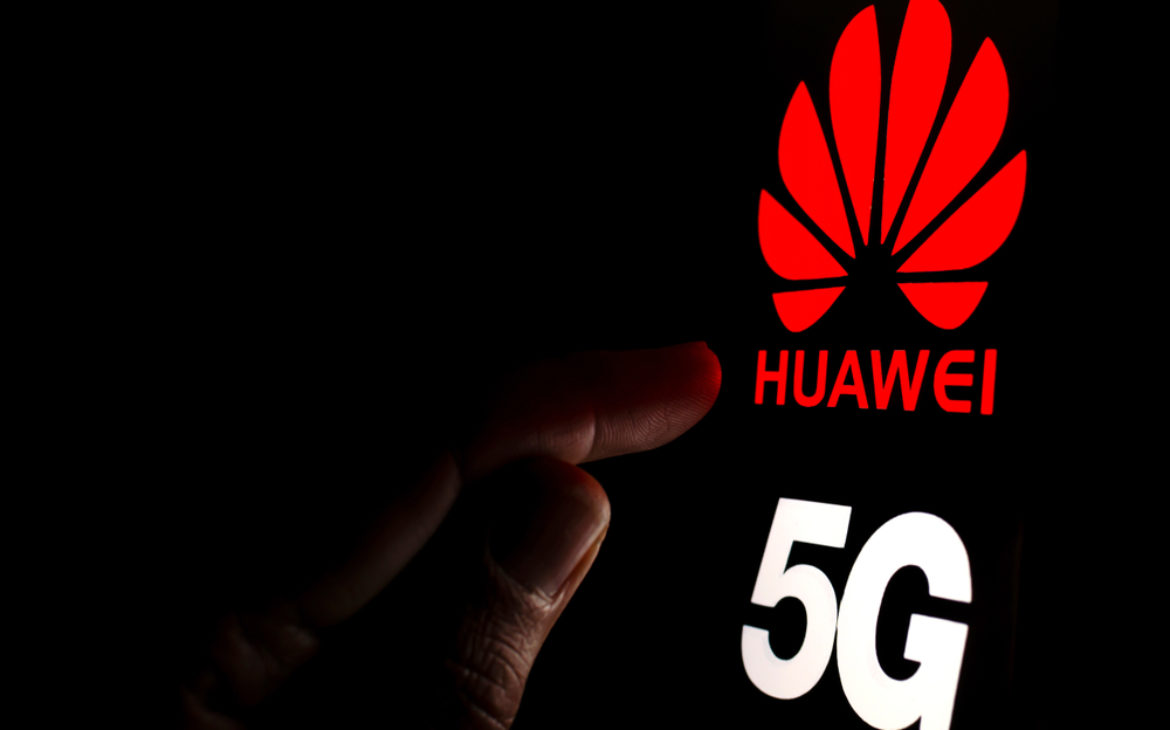This solution provides positioning accuracy of up to 1-3 m@90%, allowing for beacon-free positioning even in complex indoor use cases, while supporting open standard interfacing to industry applications. This enables enterprises to implement reliable, secure, and differentiated E2E 5G positioning across their campuses, consequently boosting industry digitalization.
5G positioning was introduced in 3GPP Release 16, with a designed accuracy of 3 m@80% indoors. Marvin Chen, President of Huawei’s DIS Product Line, said that Huawei has verified 5G indoor positioning in many industries, like manufacturing, warehousing, and transportation. According to this verification, the positioning accuracy reached 1-3 m@90% in LOS indoors. Such a high level of positioning accuracy and reliability, which exceeds 3GPP criteria, allows most business applications to adequately locate personnel, equipment, and materials. “3GPP is now working to increase the accuracy to within 1 m to fulfill the requirements on higher-accuracy positioning in various industries,” Chen added.
Huawei’s 5G indoor positioning is made up of LampSite Enterprise Edition (EE) and on-premises location service (LCS) modules. It supports open standard interfacing to third-party platforms and applications that require location information. Indoor positioning can be accomplished in both light-of-sight (LOS) and non-light-of-sight (NLOS) conditions using uplink time difference of arrival (UTDOA) and field strength fingerprint-based technologies.
More importantly, Huawei’s 5G indoor positioning solution now includes two new features: radio simultaneous localization and mapping (Radio SLAM) and AI-based big data clustering iteration algorithm. Automated fingerprint library generation and UTDOA-needed beacon-free correction of signal arrival time differences are two features that facilitate rapid fingerprint collection and beacon placement.
Huke Hu, Vice President of Huawei Cloud Core Network Product Line, shared Huawei’s strength in 5G positioning:
With abundant accumulation and experience, our solution meets the latest needs for scenario adaptability, platform openness, and service reliability of enterprises. Due to flexible scenario adaptation, positioning can be implemented locally in various campuses to support differentiated service requirements. With open standard interfacing, the positioning platforms in different industries can flexibly use our positioning capabilities. This will be the key to the high availability of 5G indoor positioning.
Combining multiple services from both IT and OT domains into a single 5G network has proven uniquely valuable in transforming industries with digital approaches. This practice has so far been carried out on a large scale in several countries. Using a single network to position and communicate will save investment and simplify operations and maintenance. With the commercial availability of E2E 5G positioning and the maturation of its ecosystem, more capabilities and applications to service vertical sectors will become available.
